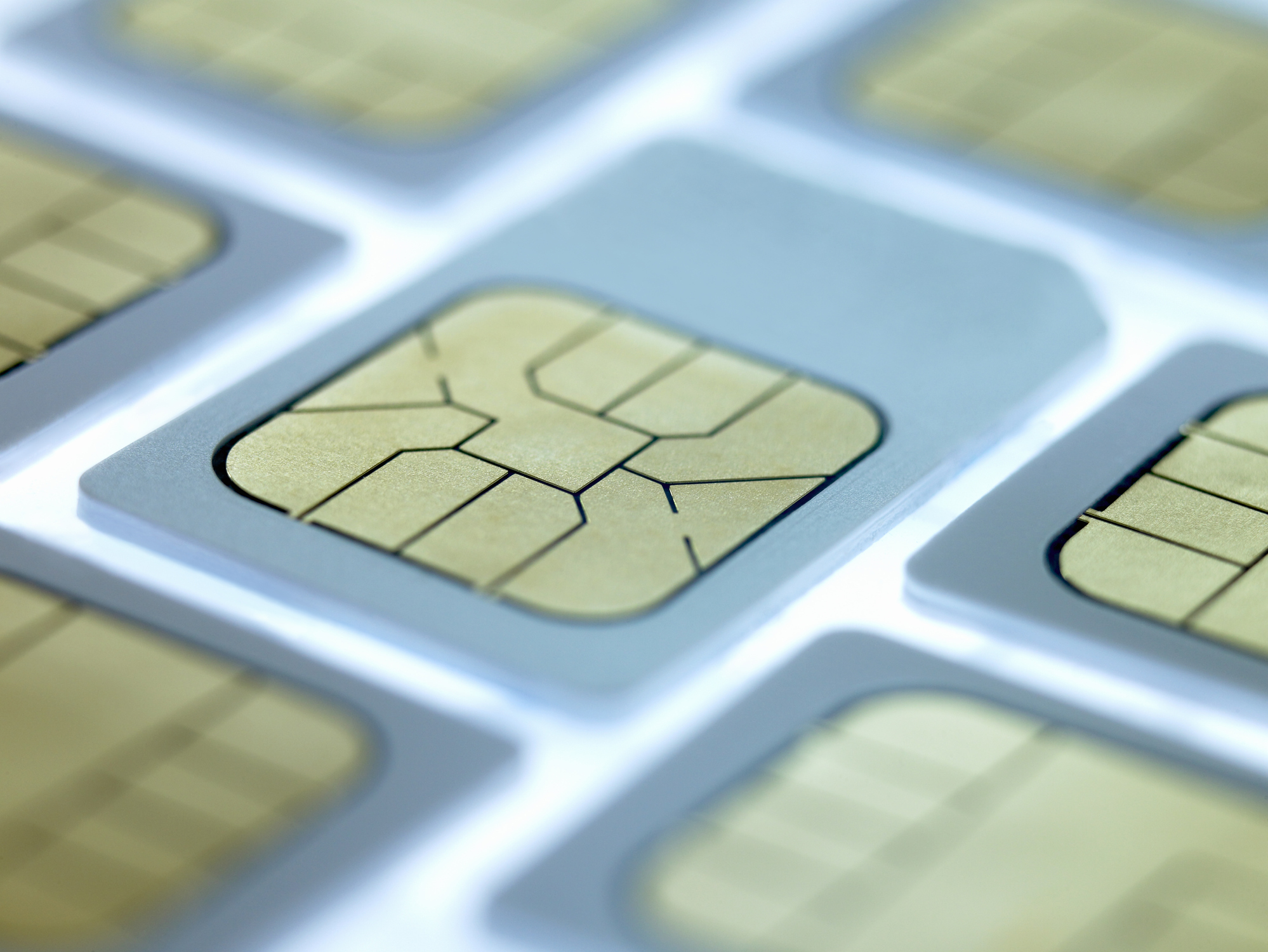Starting with the iPhone 14 (2022), Apple has supplemented the nano SIM card slot with eSIM technology. And the iPhone 15 is taking this same path. What does this development mean? What is the difference between an eSIM card and a physical SIM card? And why is this important?
SIM means Subscriber Identity Module (subscriber identity module), technology that allows a mobile carrier to associate your device with your account so that you can communicate on its network. When a mobile operator gives you a physical SIM card, they register its unique ID on their network.
Embedded SIM (eSIM) is a technology that uses functionality present in a physical SIM card, but permanently virtualized in a mobile device. An installation routine (often involving an operator QR code) therefore allows a mobile device to connect to an operator’s network without the need for a physical SIM card.
The advantage of an eSIM is that there is no need to go to a store, or wait for it to arrive by post
The first device equipped with an eSIM appeared in 2015. But the technology only began to take hold around 2019, after the launch of the iPhone XR (released in 2018). It was the first iPhone that offered support for two SIMs, a physical nano-SIM and an eSIM.
On the Android side, all Google Pixel devices since the Pixel 2 include dual SIM support, as do most recent Samsung Galaxy models and a handful of smartphones from other brands. And since the iPhone 14 range, in the United States, Apple offers to have two active eSIM profiles at the same time, completely abandoning the physical location.
The most obvious advantage of using an eSIM is that there is no need to go to a telco operator store to pick up a physical SIM card, or wait for it to arrive by the post office. You can sign up for a mobile plan and activate it immediately by scanning a QR code, using the operator’s app, or even manually creating an operator profile. Your phone must be unlocked, of course. If you try to set up an eSIM for another carrier on a locked device, you will get an error message.
You can use one SIM card for a business line and the other for a personal line
But having two SIM cards allows you to consider other very useful scenarios. For example, you can use one SIM card for a business line and the other for a personal line. In this configuration, you can make and receive calls and use SMS messaging on either number. For cellular data, you must designate a line, although you can change lines by flipping a switch in the settings. You can even configure multiple eSIM profiles and switch between them in the settings.
It is especially important to have a dual SIM card when traveling abroad. You can use a local carrier subscription for data coverage without losing calls and texts to your original number.
Today, all major operators support the eSIM card. It took a while for smaller operators and MVNOs (virtual operators) to get on board. But most established MVNOs have implemented eSIM support, especially for Apple-branded devices. If you’re planning to upgrade to a new iPhone and are currently using a physical SIM card, it’s worth checking with your carrier to see if they can support the new technology.
The question of low-cost operators
This is where the lack of a physical slot for the SIM card becomes annoying. If you are used to switching devices by simply removing the SIM card from one device and inserting it into another, you will be frustrated with the design of the eSIM card. You may be able to use a carrier’s app or webpage to make the switch, but that adds a hurdle.
The lack of a physical SIM card slot will be particularly problematic if you want to use a low-cost operator or if you are used to taking a physical SIM card provided by a prepaid mobile operator for use in another country when you travel. These physical cards cannot be used on the latest iPhones.
Ultimately, Apple’s design decision will likely force the market to move to eSIM technology whether it likes it or not. But this process could take years. In the meantime, older Apple devices (or even Android devices) will be preferred by people who need to be able to use physical SIM cards.
To learn how to set up an eSIM card on an iPhone, check out these two Apple Support guides: “About iPhone eSIM” and “Using Dual SIM with an eSIM Card” For Google Pixel devices , see “Using two SIMs on your Google Pixel phone.”
Source: “ZDNet.com”
